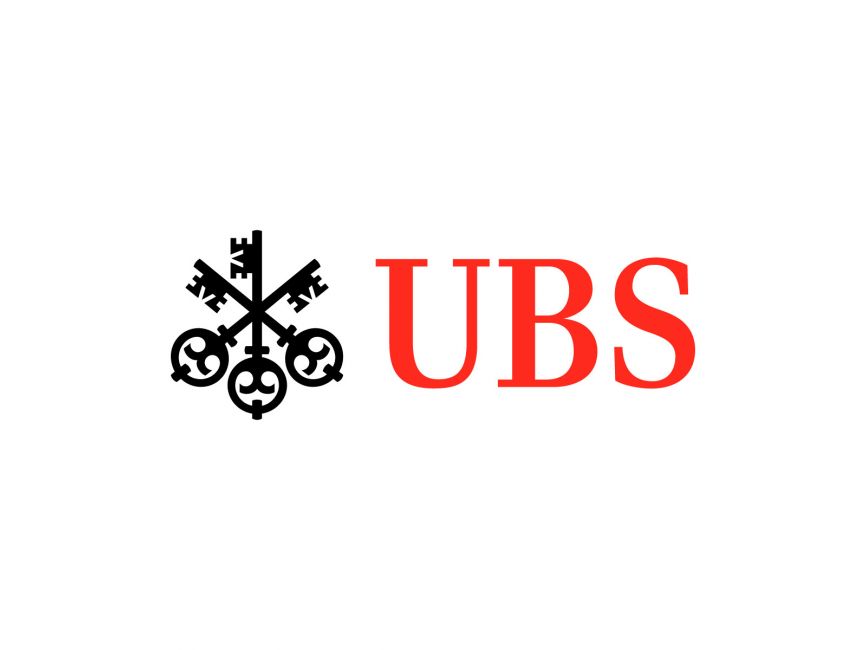High yield and European bank ETFs saw the largest outflows in the third quarter of 2023 as the risk-off mantra gripped markets.
Investors continue to shun the high yield space, with the $4.8bn iShares $ High Yield Corp Bond UCITS ETF (SHYU) topping the outflows charts in Q3 with net redemptions of $606m, according to data from ETFbook.
This was followed by the iShares Global High Yield Corp Bond UCITS ETF (HYLD) with $397m outflows.
Attractive yields in the space have not been enough to tempt investors, with many remaining cautious in their fixed income allocation.
Stephen Kemper, chief investment strategist, team advisory desk, at BNP Paribas Wealth Management, said spreads have not opened to a point where investors are being paid for the risk.
“We do not feel investors are getting compensated for the risks they are taking,” Kemper added. “We expect default rates to rise and therefore would not engage in high yield.”
Europe out of favour
The ‘higher-for-longer’ interest rate narrative has also gripped European stocks after the European Central Bank raised interest rates to 4% last month – its highest level since the euro was launched – and said rates will remain high for as long as needed.
Cyclical plays have borne the brunt of higher interest rates, with Amundi’s $1.1bn Lyxor EURO STOXX Banks UCITS ETF (BNKE) recording the second-largest outflows over the quarter with an asset exodus of $547m.
The iShares STOXX Europe 600 UCITS ETF (EXSA), the UBS ETF MSCI EMU UCITS ETF (UIM4) and the BNP Paribas Easy MSCI Europe SRI S-Series PAB 5% Capped UCITS ETF (ZSRI) recorded outflows of $403m, $322m and $287m, respectively.
Sebastian Raedler, investment strategist at Bank of America, said: “We remain negative on European equities and underweight cyclicals versus defensives.
“The spike in real bond yields has led the Stoxx 600 to decline by 7% from its July high to a six-month low. Yet this still leaves it 10% above the current macro-implied fair value as the market has looked through the recent decline in purchase managers index (PMI), cheered on by still-resilient hard data.”
Emerging market debt outflows
Another sub-sector to fall out of favour in the three months to the end of September was emerging market debt as investors fall weary of stagflation and hard landing scenarios.
The SPDR Bloomberg Emerging Markets Local Bond UCITS ETF (EMDD) saw outflows of $485m while investors pulled $327m and $269m from the iShares J.P. Morgan EM Local Govt Bond UCITS ETF (SEML) and the iShares J.P. Morgan $ EM Bond UCITS ETF (SEMB), respectively.
Elsewhere, there were signs some investors decided to take profits on their Japan exposure, with the UBS ETF MSCI Japan UCITS ETF (JPNA) and the Xtrackers MSCI Japan UCITS ETF (XMJP) recording outflows $313m and $301m, respectively.
Investors fled BlackRock’s iShares Global Clean Energy UCITS ETF (INRG) following a period of poor performance over Q3 – with the ETF falling to its lowest level since July 2020 – with outflows of $189m.









